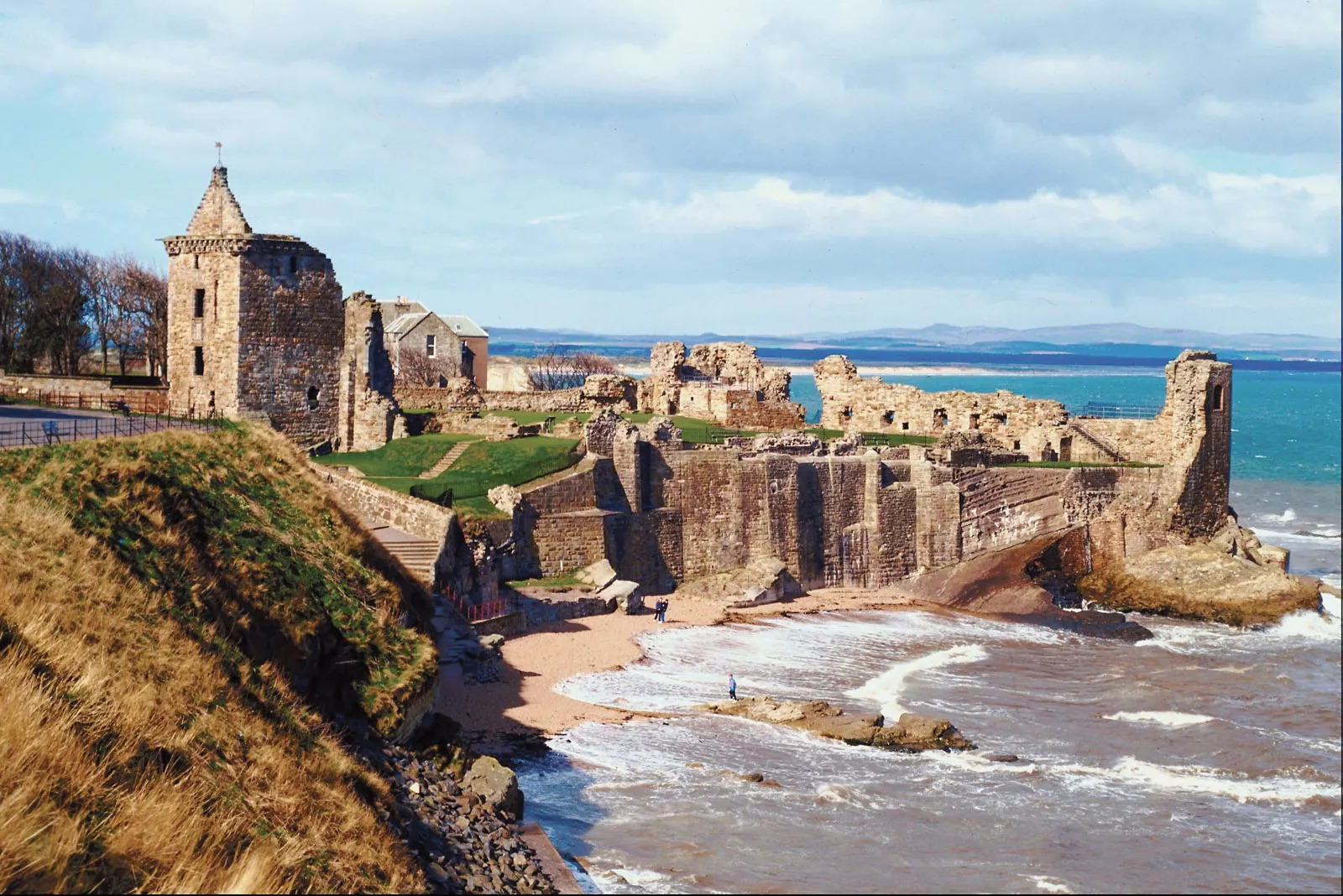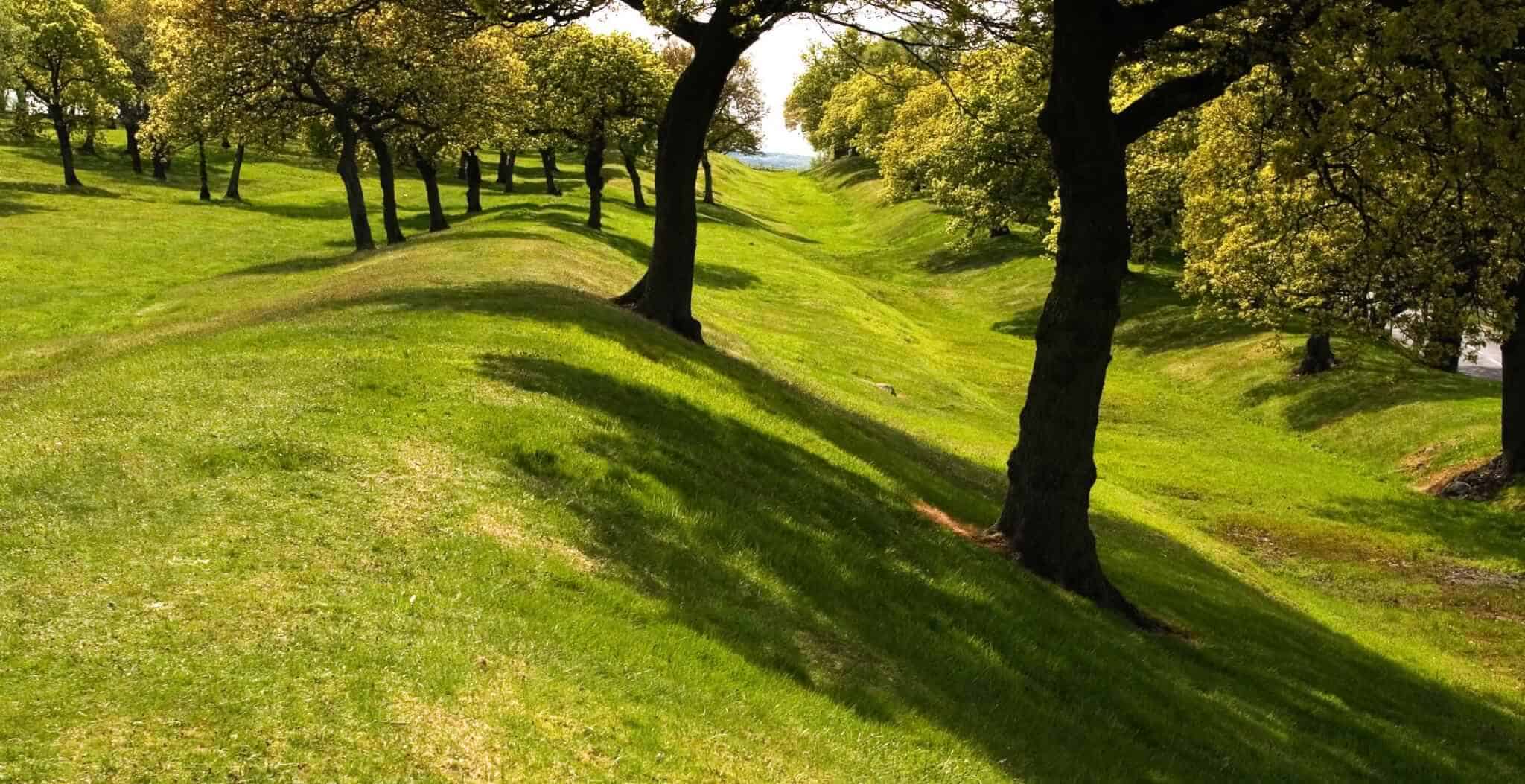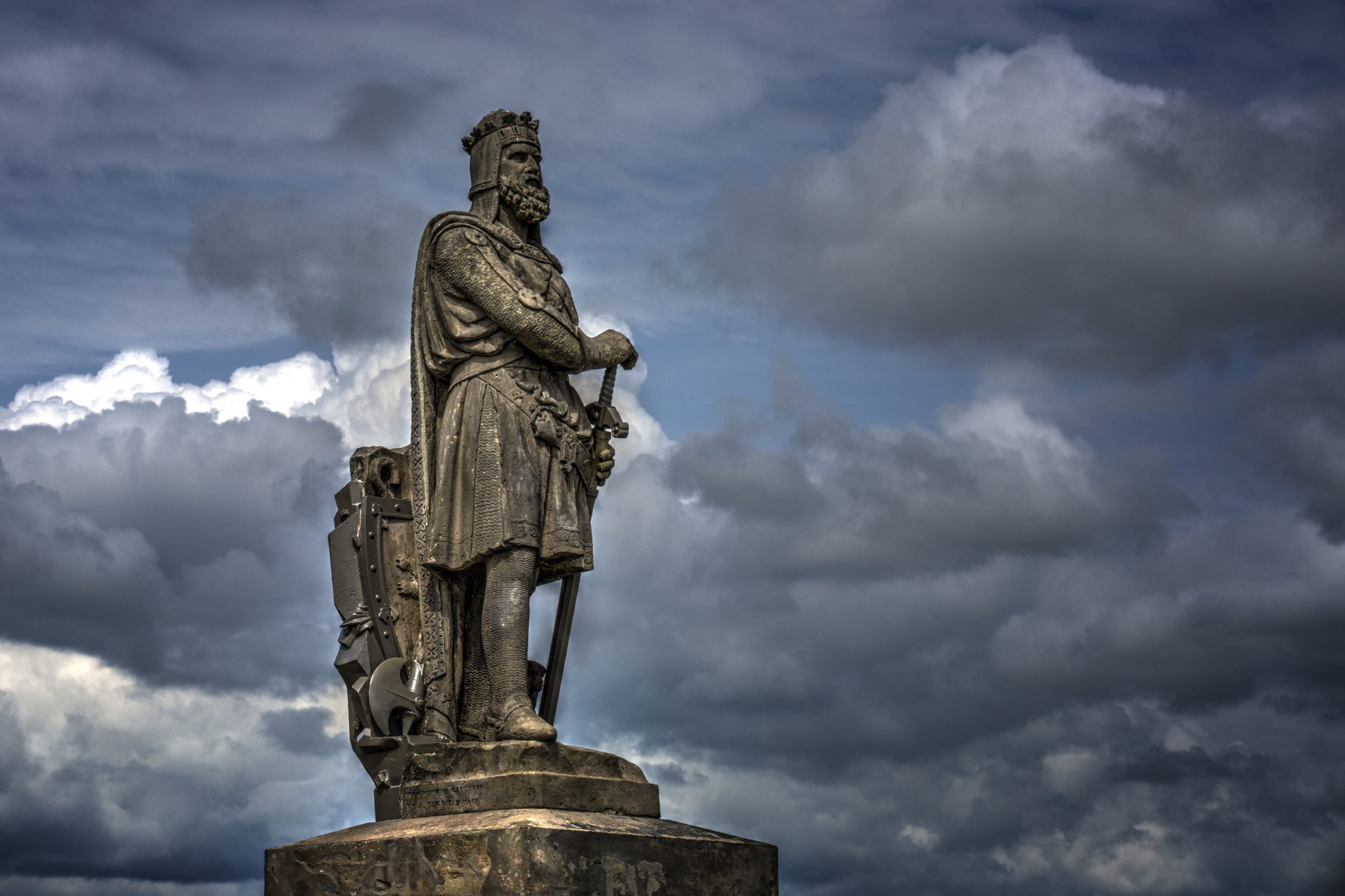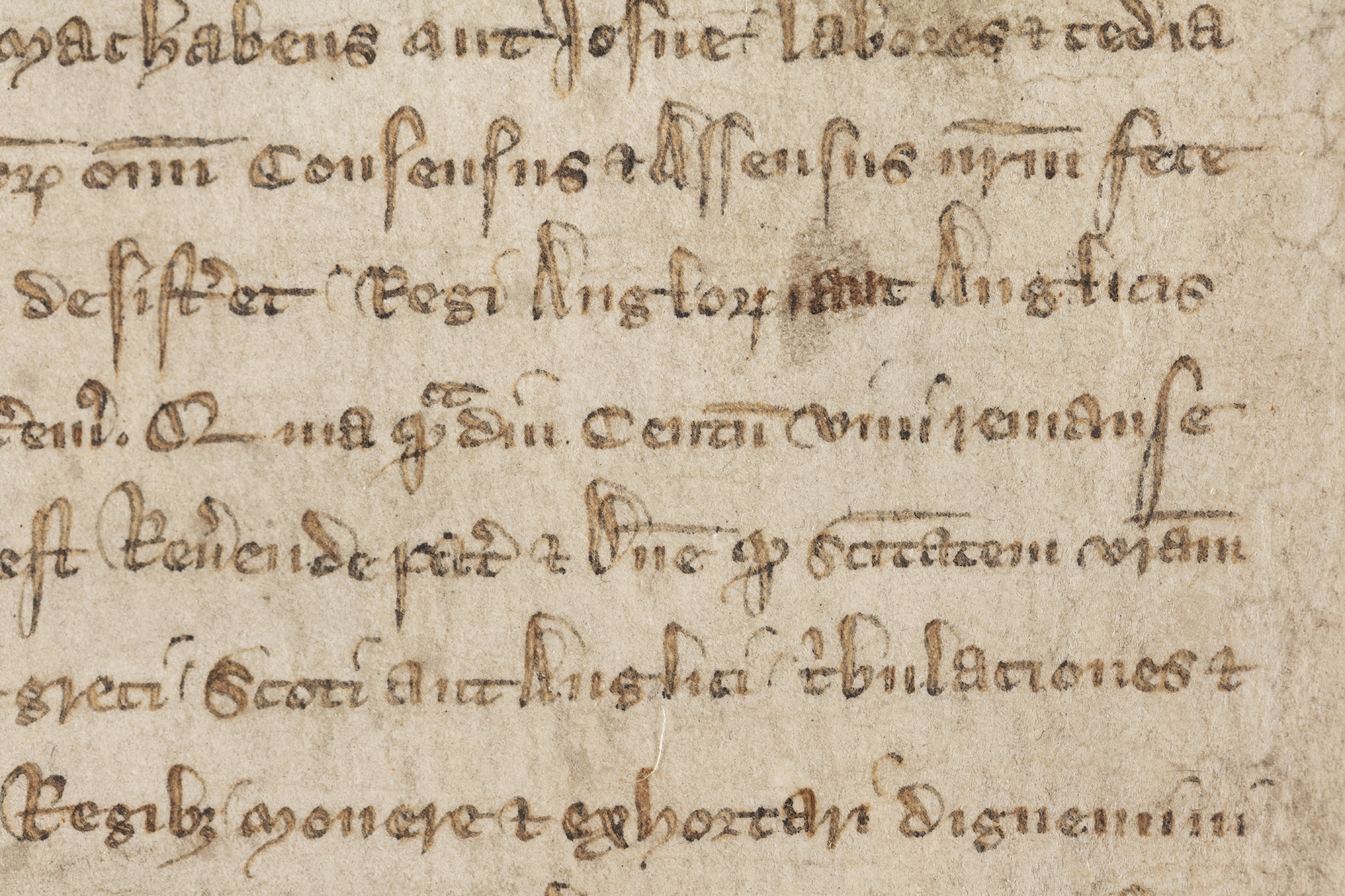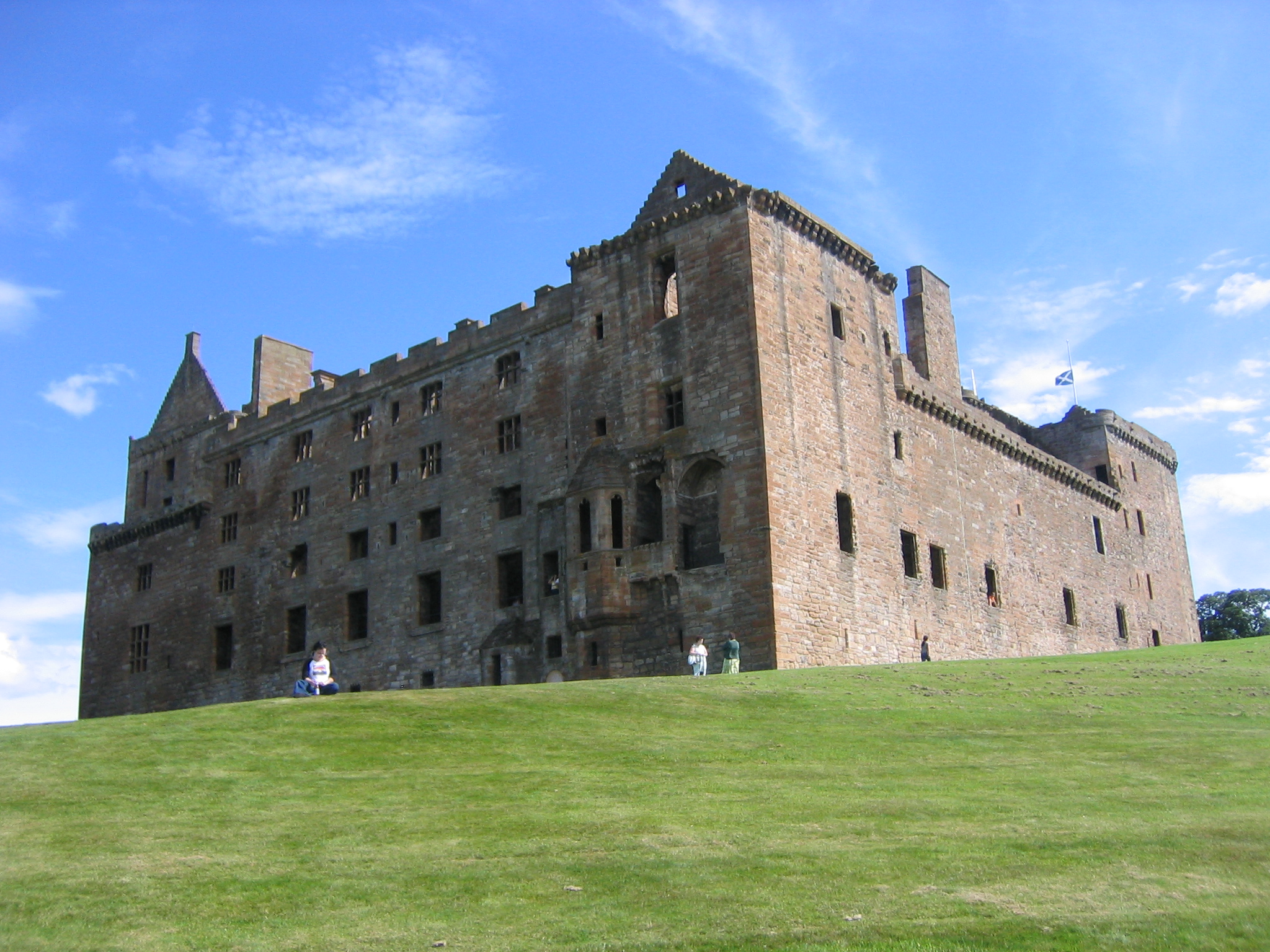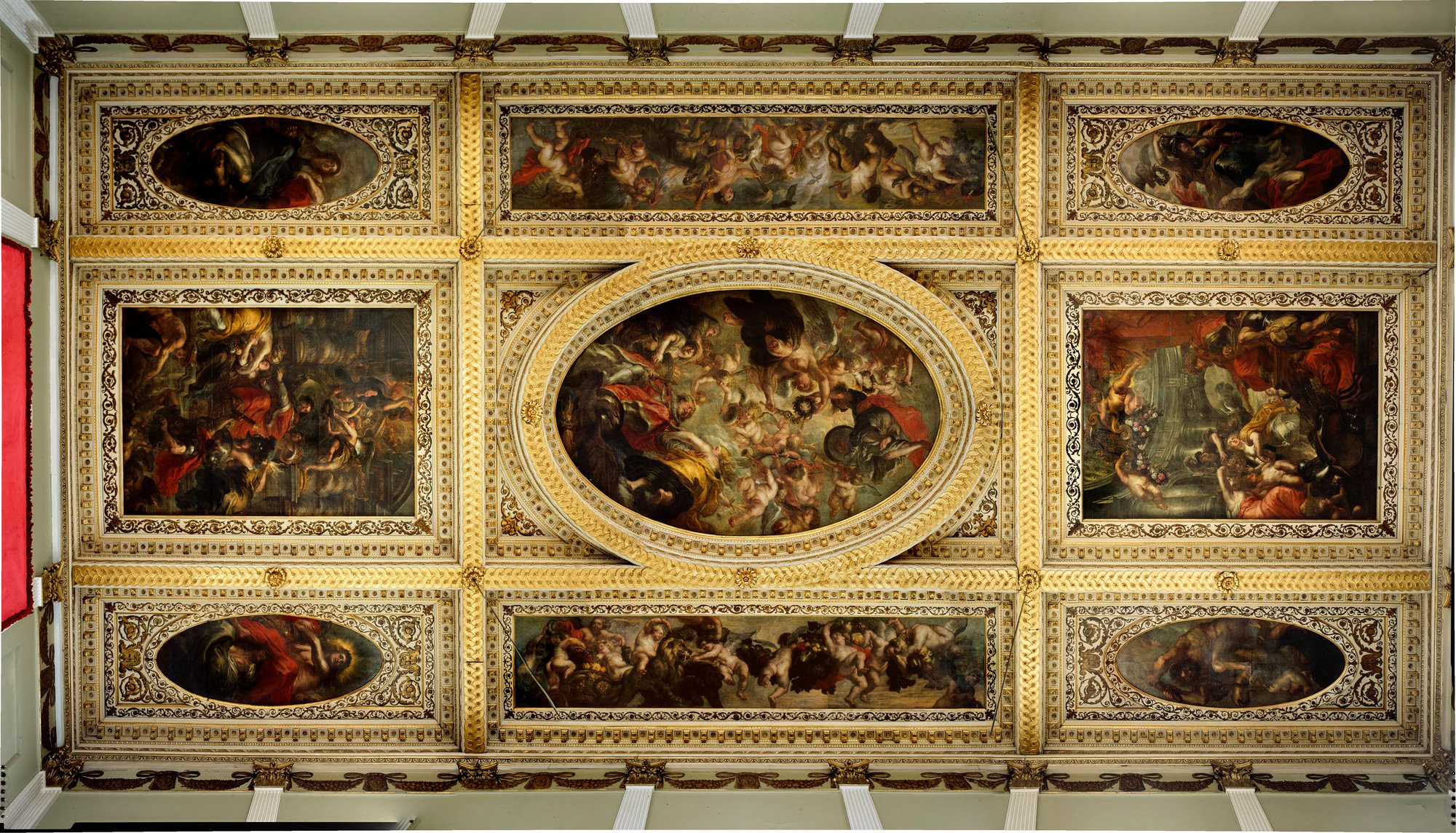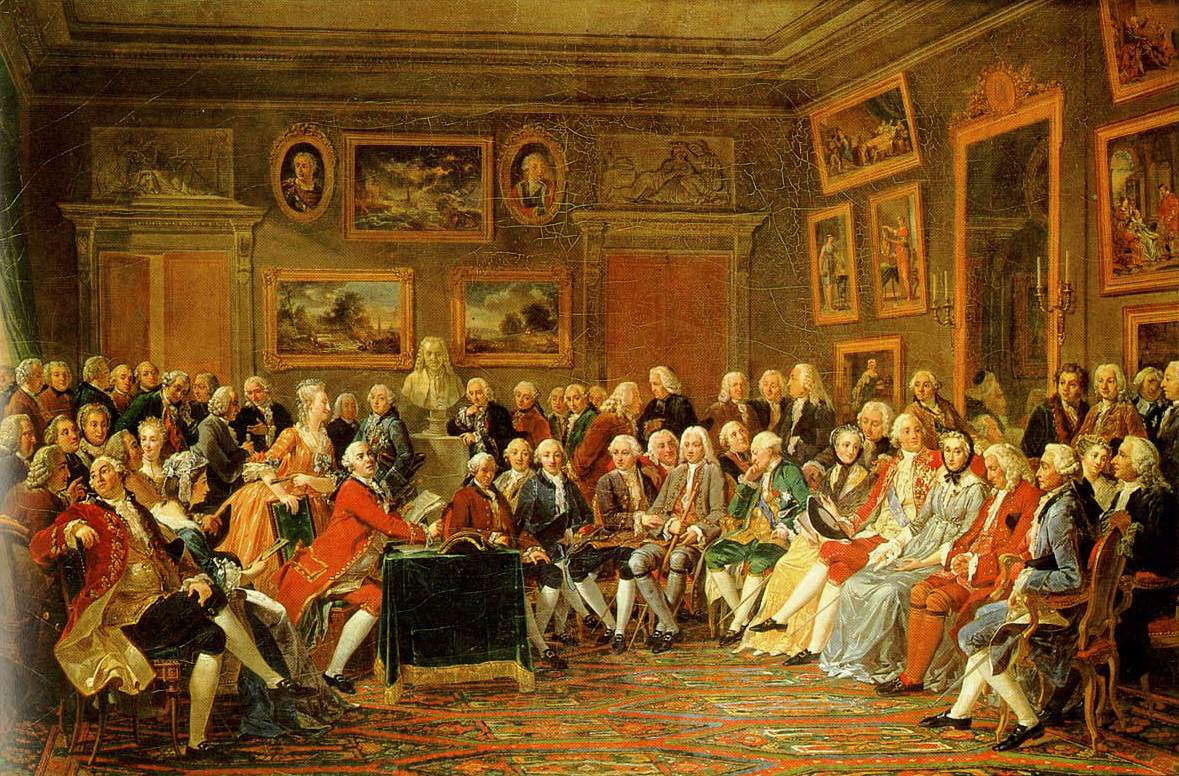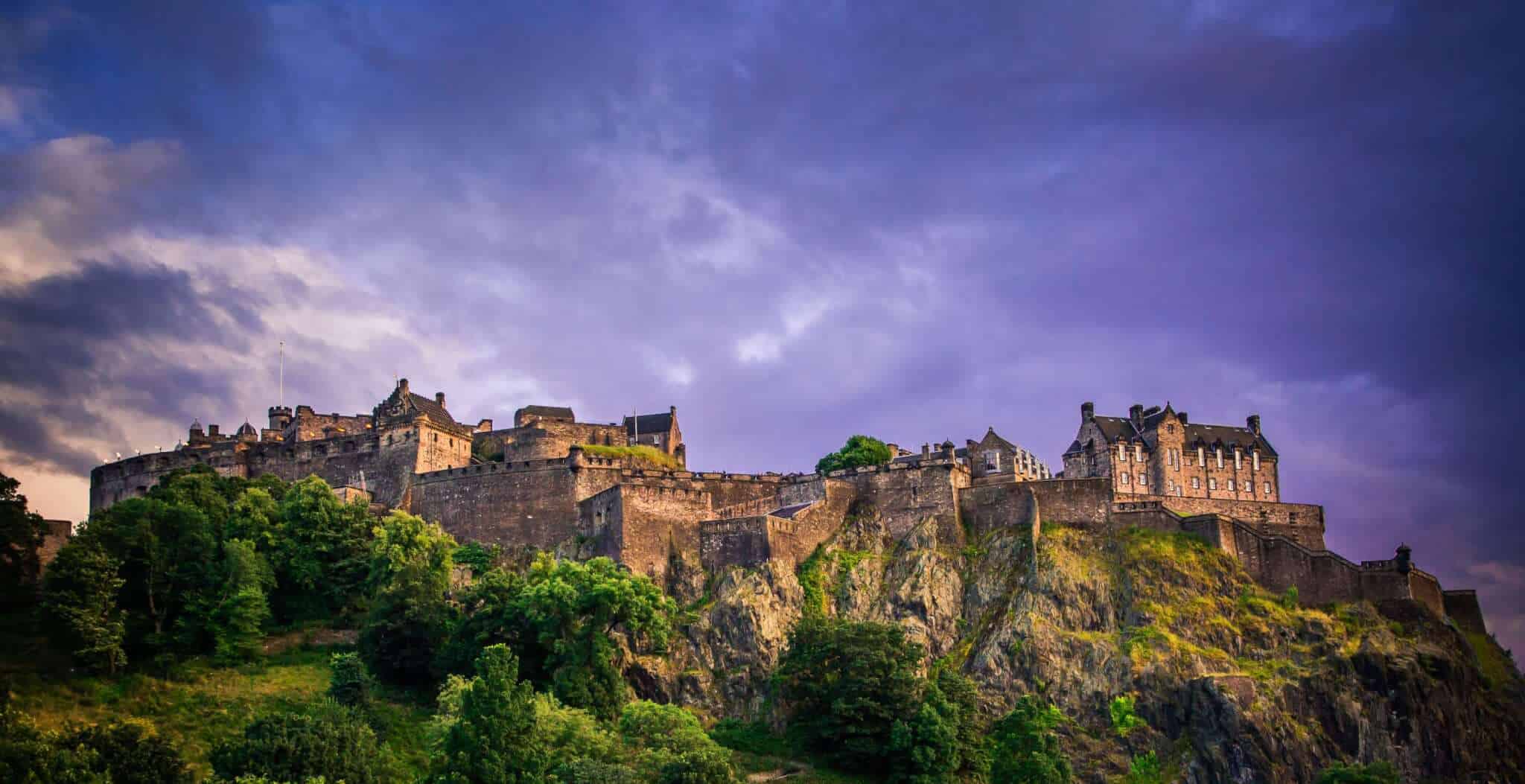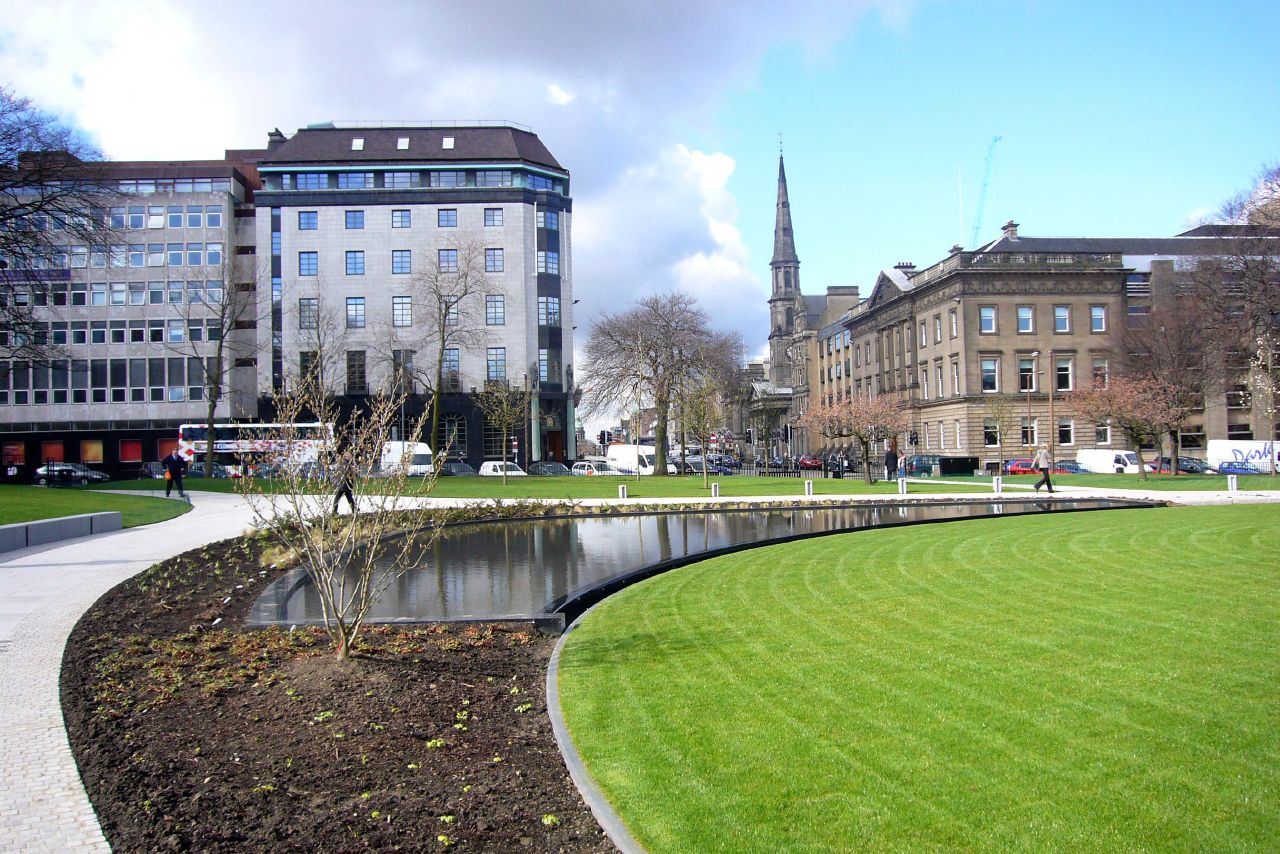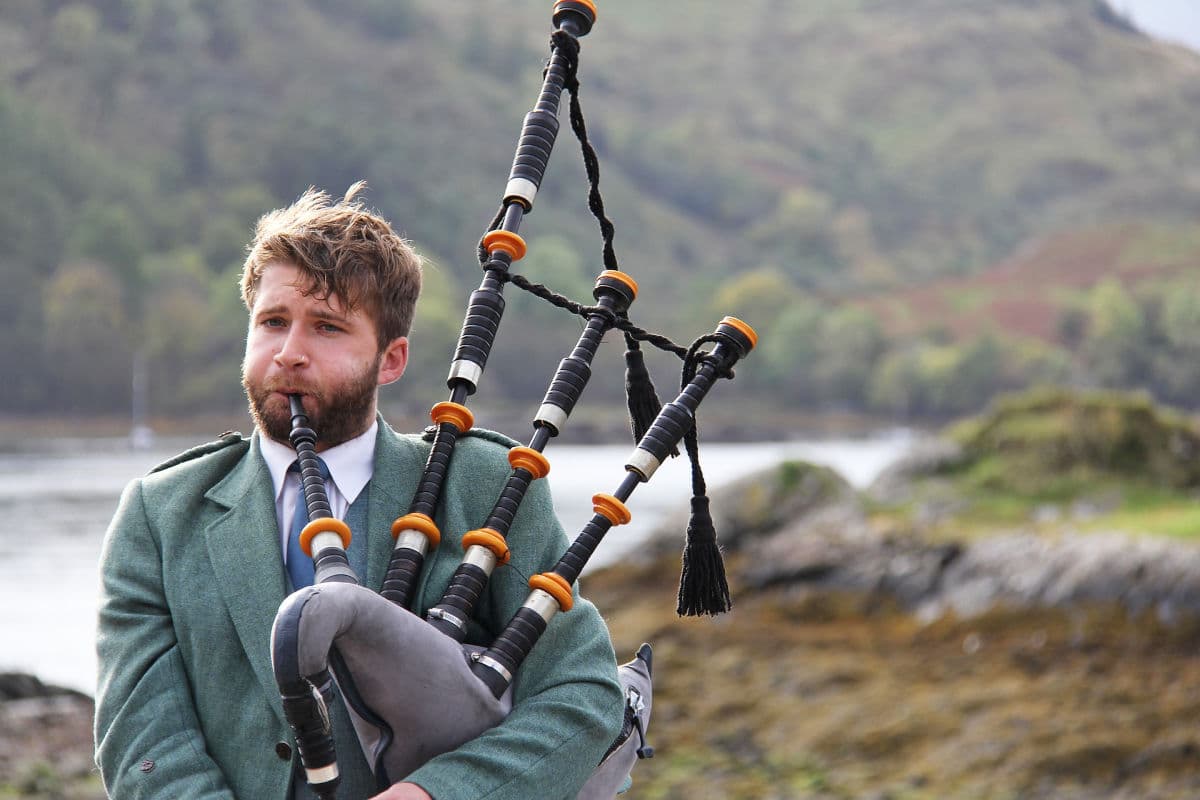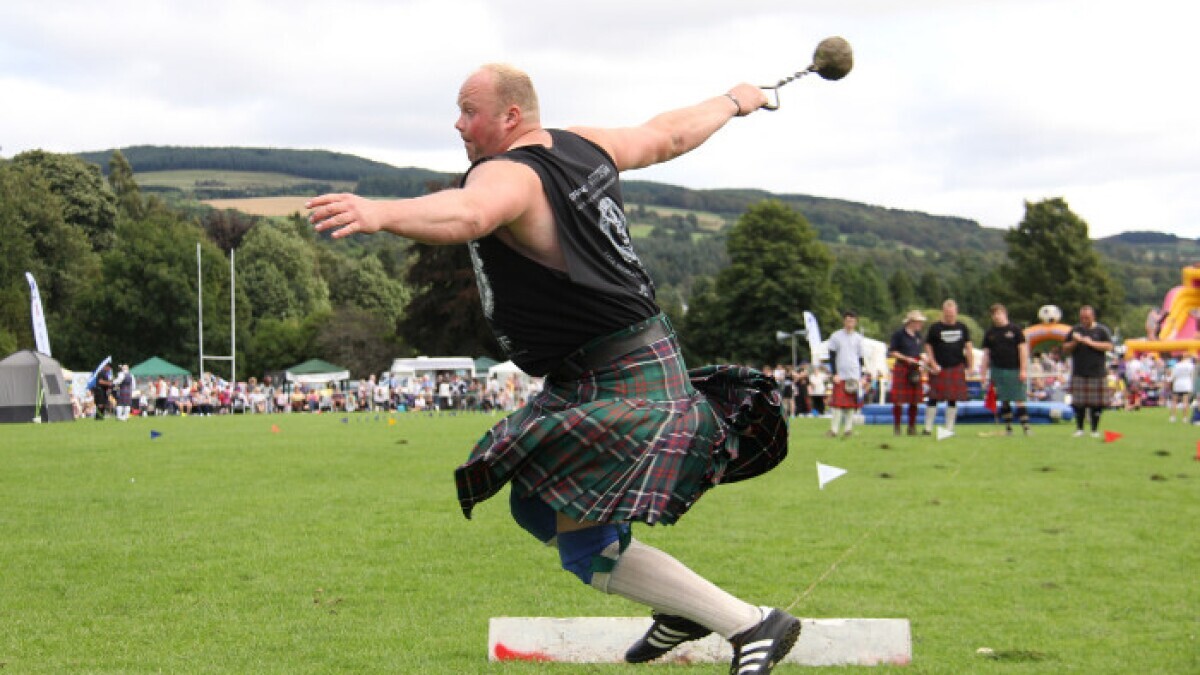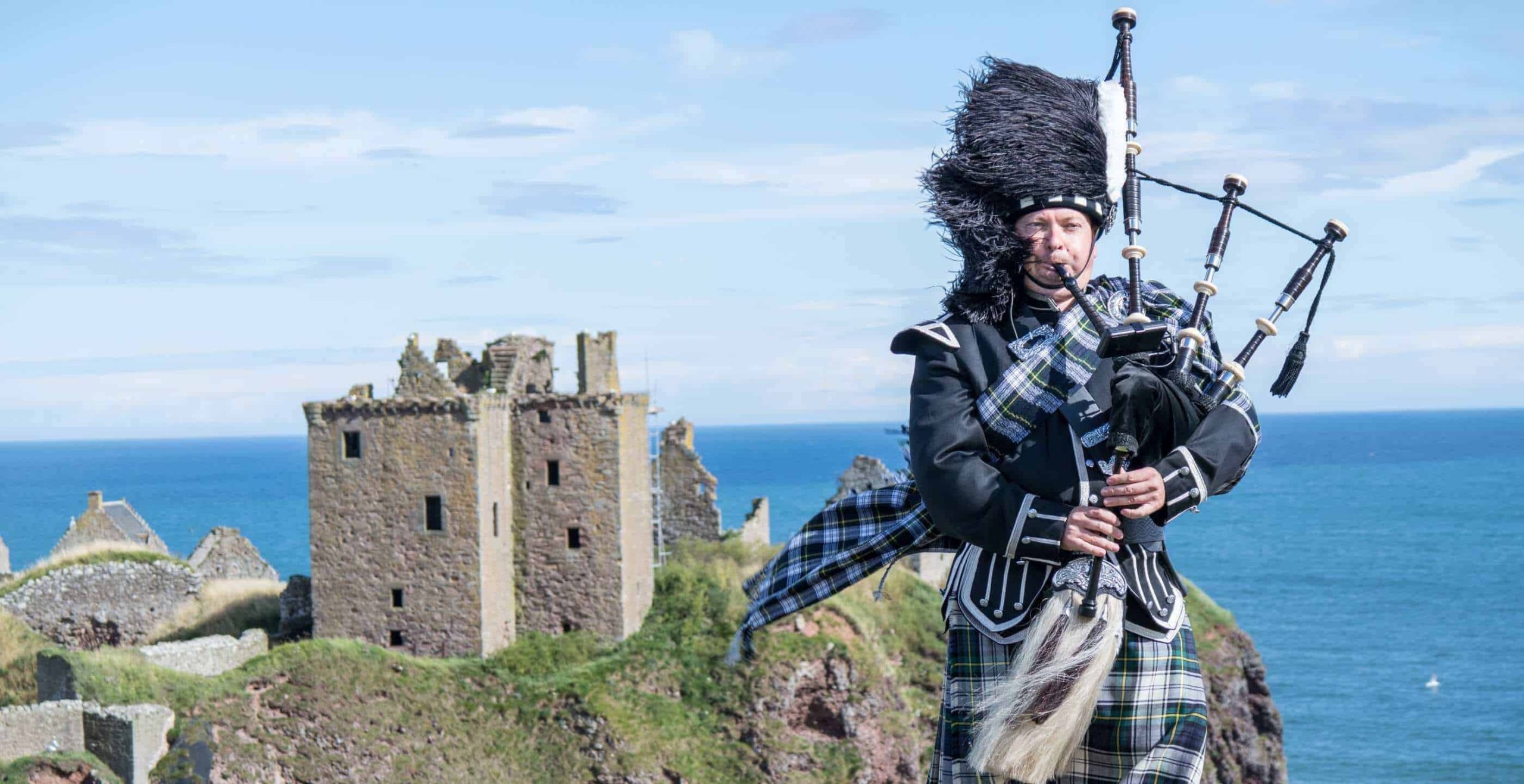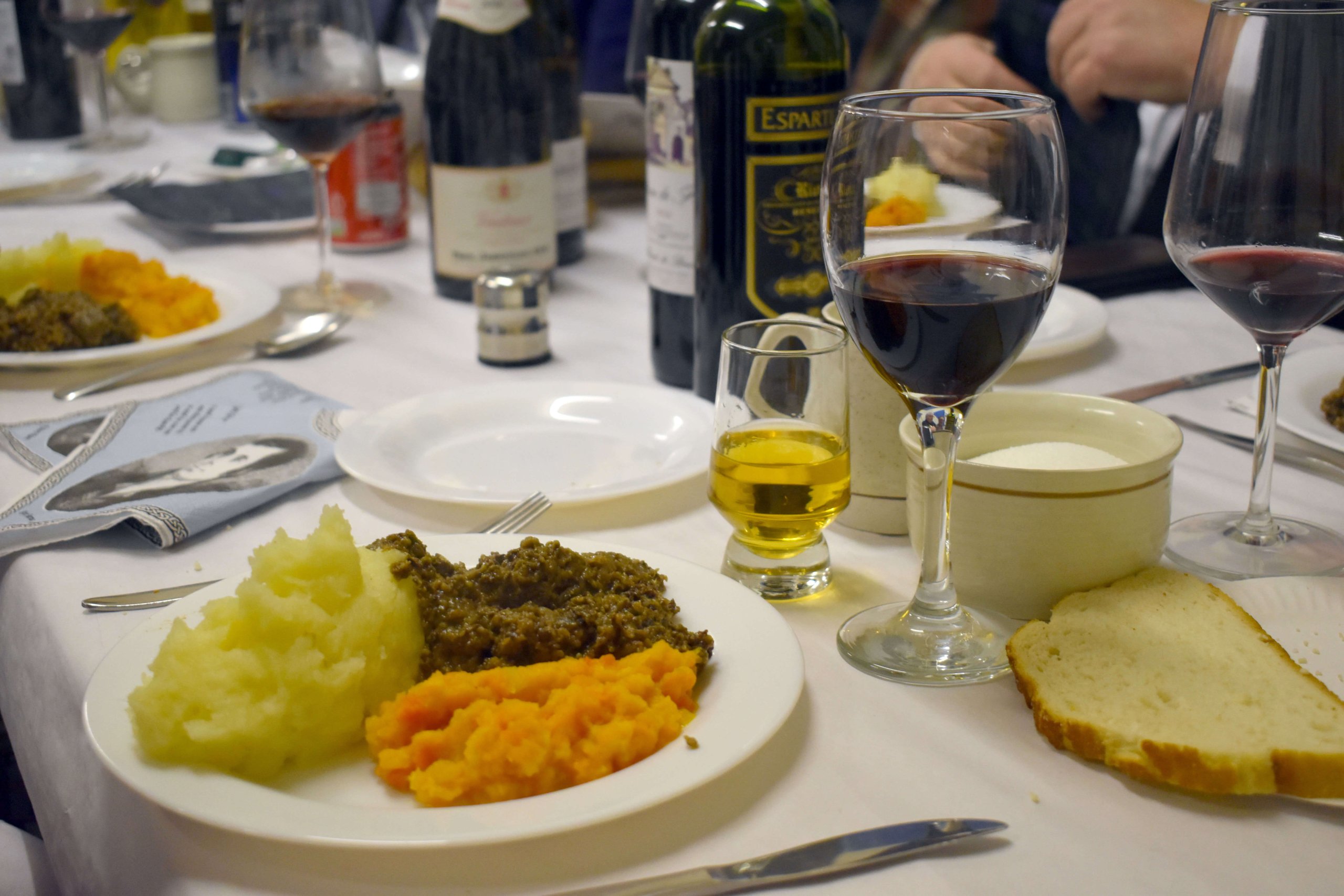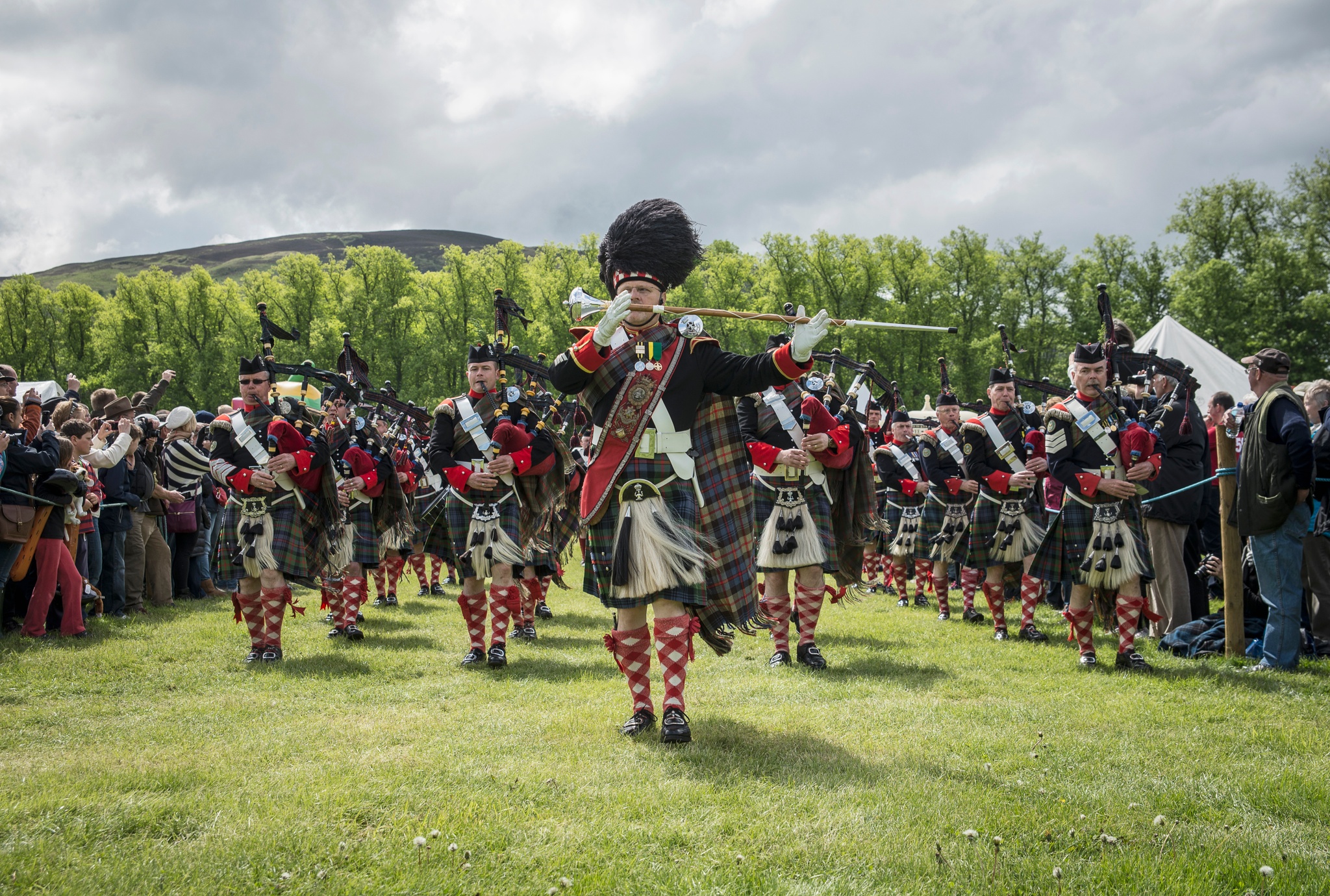The ideas of philosophers living in Scotland during the Age of Enlightenment shaped the modern world. The intellectual movement sought to understand the natural world and the human mind and ranged across philosophy, chemistry, geology, engineering, technology, poetry, medicine, economics and history. Figures like Thomas Hobbes, David Hume, Adam Smith, Robert Burns and Sir Walter Scott are still celebrated for their achievements.
During the 1800s, industrial advances and wealth accumulated from the tobacco, sugar and cotton trade brought about the dawn of urban Scotland at the turn of the 19th century. The country shifted from rural to urban, and huge towns, massive factories and heavy industry took hold. Mining, shipbuilding and textiles were very important to Scotland’s development during this time.
But as the 20th century dawned, the First World War included Scottish soldiers and critical products from steel works, iron foundries and shipyards were vital to the war effort. North Sea oil drilling in the late 1960s was considered a major industrial achievement of the era giving Great Britain oil independence for the first time.
Scottish culture came to the fore in the 1990s with films like Braveheart, Rob Roy and certainly the global phenomenon Harry Potter in Edinburgh. Roslin Institute successfully cloned the first mammal from an adult cell, Dolly the Sheep. And in 1999, the Scottish Parliament reconvened after 300 years. Since its re-inception, there have been calls for greater power for the Scottish people.
On September 18, 2014, the people of Scotland voted for secession from Great Britain. In response to the question, “Should Scotland be an independent country,” 1,617,989 (45%) voted Yes and 2,001,926 (55%) voted No.
Another shock to the world was when the UK decided to leave the European Union in its famed Brexit. Edinburgh argued that the withdrawal of the United Kingdom from the European Union was ill-advised as the will of the Scots was clear with 62 percent of its citizenry voting to “remain,” while England and Wales voted to “leave.” And leave they did.
The discussion of Scottish independence continues to this day.
Read More
Read Less
